Spectacle Lens
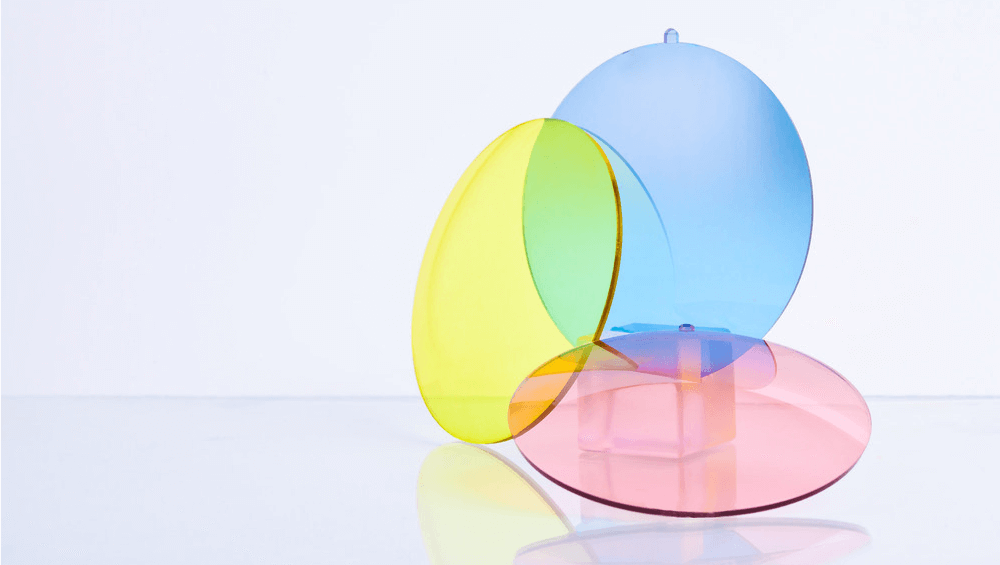
SIngle Vision Lenses;
Single vision lenses are the most basic type of lens. Unsurprisingly, they also tend to be the least expensive. Made for correcting one field of vision (near or far), they offer the largest visual field of any lens type.
If you’re only short-sighted or long-sighted, you’ll likely be prescribed single vision lenses.

Photochromic (Transition) Lenses;
Also known as “transition lenses,” photochromic lenses darken when they come into contact with UV rays. This eliminates the need for sunglasses, increasing convenience and minimising expense for the wearer.
They’re technically not a prescription type, but rather a treatment added to prescription lenses. You can have photochromic bifocals, single vision lenses, and so on.
Note that the lenses will darken even on cloudy days, which some may find inconvenient. However, they’re often a popular choice as they add a little style to your glasses.
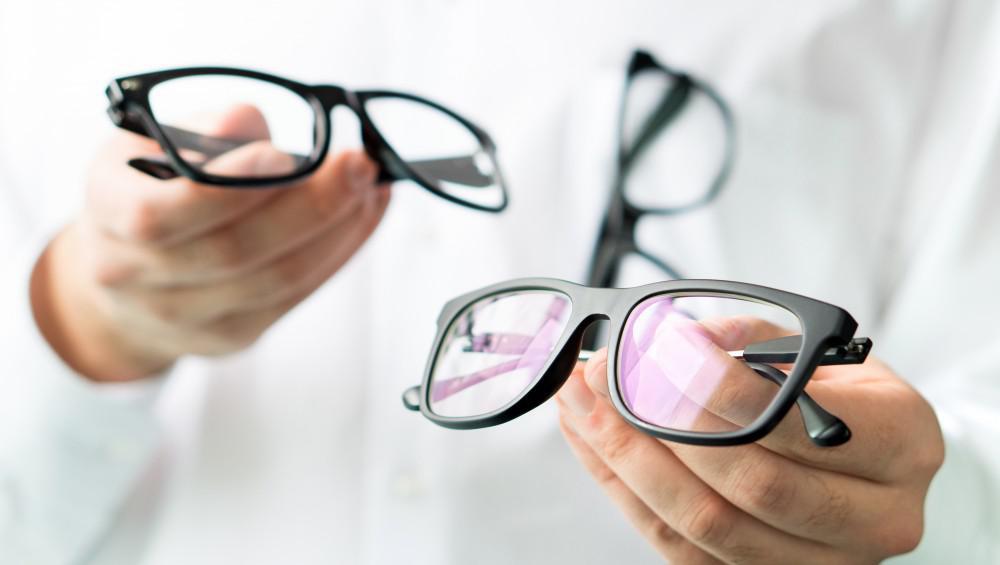
Bifocal & Trifocal Lenses;
You probably remember your grandfather wearing these. This is because these lenses correct a wider range of more severe vision issues. Bifocals and trifocals are lenses that have two and three “powers” apiece, respectively.
They are sometimes referred to as “multifocals” even though this technically refers to progressive lenses.
All within one lens, you have separate sections for near and distance correction, which makes them a versatile choice. Those requiring intermediate vision correction will be prescribed with trifocals that have a third correction too.
The drawback of bifocals and trifocals is that there are lines separating each section, which makes for drastic changes in vision correction when you move your eye inside the lens. It’s something that you learn to work with, but the inconvenience paved the way for advances in lens technology such as progressives.
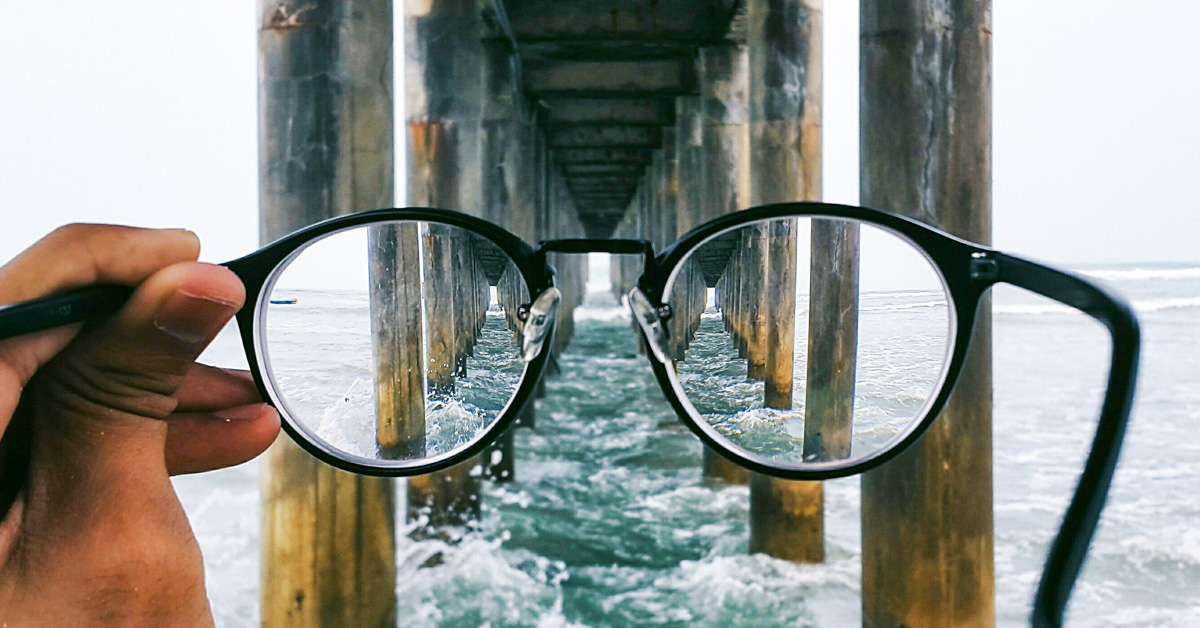
Progressive Lenses;
Progressive lenses perform the same job as bifocals and trifocals, but in a different way. They work around the dividing lines of bifocals, which was a known inconvenience glasses wearers dealt with for many years.
Overall, progressive lenses offer the same fields of vision correction but without the lines. Transitions from “near” to “intermediate” to “distance” correction are much smoother.
The downside? The actual visual field within progressive lenses is smaller than that of bifocals or trifocals. This may help to explain why we still see many older folks wearing trifocals as opposed to progressive lenses.

Screen Or Computer Lenses;
Whilst these are the newest invention in eyewear, it’s not technically correct to refer to computer glasses as “prescription” lenses. We listed them here anyway because they’re becoming increasingly ubiquitous.
Use of electronic devices has increased dramatically, and it’s hurting our eyes. Raw percentages of glasses wearers have increased greatly since smartphones and computers became part of our daily lives, and we are at great risk for accelerated macular degeneration, the leading cause of vision loss.
These devices emit blue light, certain ranges of which are harmful to our eyes. Computer glasses filter out this blue light, minimizing general eye strain and fatigue, reducing headaches, and generally keeping your eyes healthier.
Computer glasses are sold without prescriptions (sometimes as yellow-tinted glasses), and many companies will offer a blue light-blocking lens coating that performs the same function, but with your current prescription.
If you spend much of your day in front of one of these devices (we know that you’re more likely than not reading this on your smartphone), talk to someone about making your glasses computer-friendly.
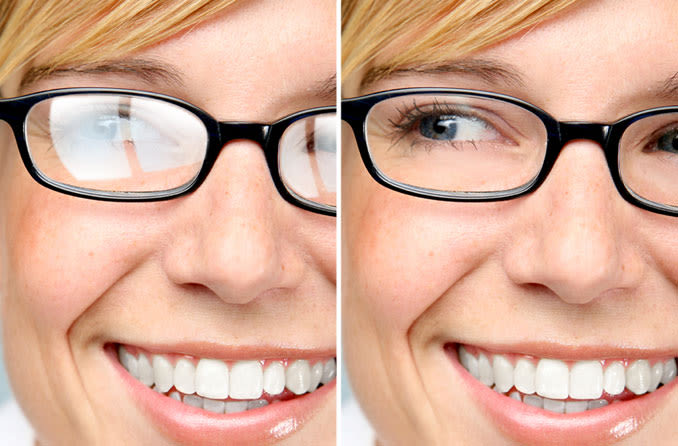
LENS COATINGS
Lens coatings (also called lens treatments) can be applied to any type of optical lens to enhance performance.
Scratch-Resistant;
While nothing can make optical lenses scratch-proof, an anti-scratch coating makes the surface much harder and more durable.
Anti-Reflective (AR);
Applied to both the front and back of the lens, anti-reflective coating (also called anti-glare) eliminates reflections for better vision and fewer distractions.
Anti-Fog;
Prevents lens fogging when you come in from the cold. Reduces the amount of lens fogging caused by being hot and sweaty.
UV Blocking;
Built-in UV protection in clear or dark lenses blocks harmful UV rays to protect your eyes and the sensitive around your eyes. All lenses feature their UVProtect Technology, so a separate coating isn’t needed.
Blue Light Blocking;
BlueProtect from a lens coating with a blue light filter to reduce the amount of blue light reaching your eyes and reduce eye strain from digital displays.
Polarization;
Polarized sunglass lenses are treated with a chemical filter that blocks horizontal light rays. This eliminates glare from reflected light on water, cars or other shiny surfaces.
Mirror Coating;
Mirror coating on sunglass lenses not only looks cool, it can improve visual comfort in extreme light conditions. Mirror coating is available in 8 colors.
Tint;
Adding a colored tint to clear lenses can be done for fashion, for fun or to improve how you see under certain conditions. Tinted lenses can increase contrast and improve depth perception which can be helpful when playing sports, driving or working outdoors.

DRIVE SAFE LENSES
The driving lens that takes you places
Most driving time is spent looking ahead, which requires wide, clear visual fields. However, the eyes also have to shift quickly between different viewing distances with minimal head movements: from the road to the mirrors, from the mirrors to the dashboard. Focusing and refocusing can be especially challenging for older drivers. Next to that they reduce blinding glare and hindering reflections and provide clear, contrast rich vision on the road, regardless the weather or time of day.
EnRoute single vision and progressive lenses for driving can offer the visual support that is needed. EnRoute progressive lenses incorporate Hoya’s renowned technologies: iD FreeForm Design Technology for wider visual fields and fast switching between distances, and Balanced View Control for stable image perception in dynamic driving situations.
Greater visual comfort
Clear, relaxed vision in all directions and at all distances
Enhanced contrast, improving clarity and colour perception
Go whenever you want – with Hoya EnRoute driving lenses
Hoya EnRoute driving lenses reduce blinding glare and hindering reflections and provide you with clear, contrast rich, comfortable vision on the road, no matter the weather or time of day. Experience ultimate freedom and ask your optician for EnRoute driving lenses…by Hoya.
Spectacle lenses for driving.
Reach your destination safely
and stress-free.
For excellent wearer comfort and greater safety on the road. ZEISS DriveSafe Lenses are optimised specially for driving. These lenses help you enjoy better vision at night or in difficult weather conditions, protect your eyes from reflections and make it easier for you to shift your viewing focus – quickly and often. The optimum extra safety feature from your everyday pair of glasses.
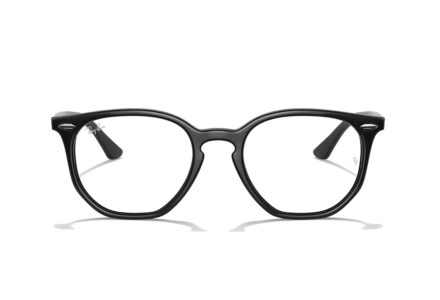
Ray Ban
Ray Ban, an iconic and one of the most established brands in the eyewear industry,...
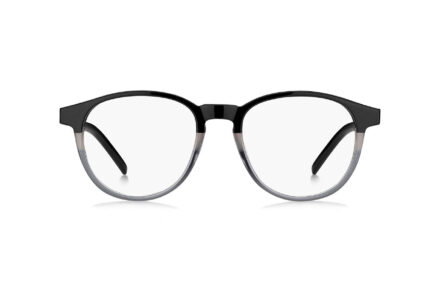
Hugo Boss
Hugo Boss is a German fashion house founded by Hugo Boss in 1970. Initially, the...
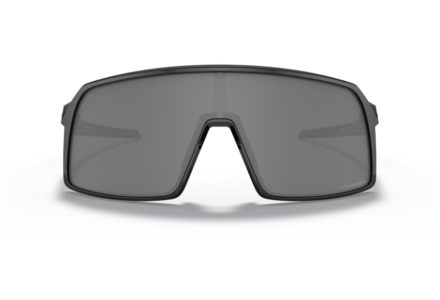
Oakley
Born in the 1970s, the iconic Oakley sunglasses are often worn by celebrities and athletes....
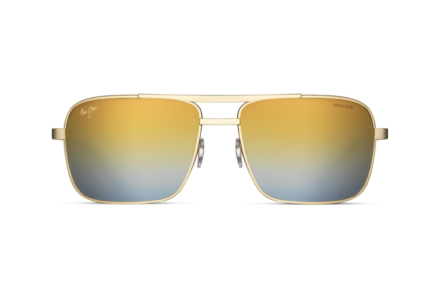
Maui Jim
Maui Jim sunglasses feature polarised Plus 2 technology that eliminates light and fills the color...